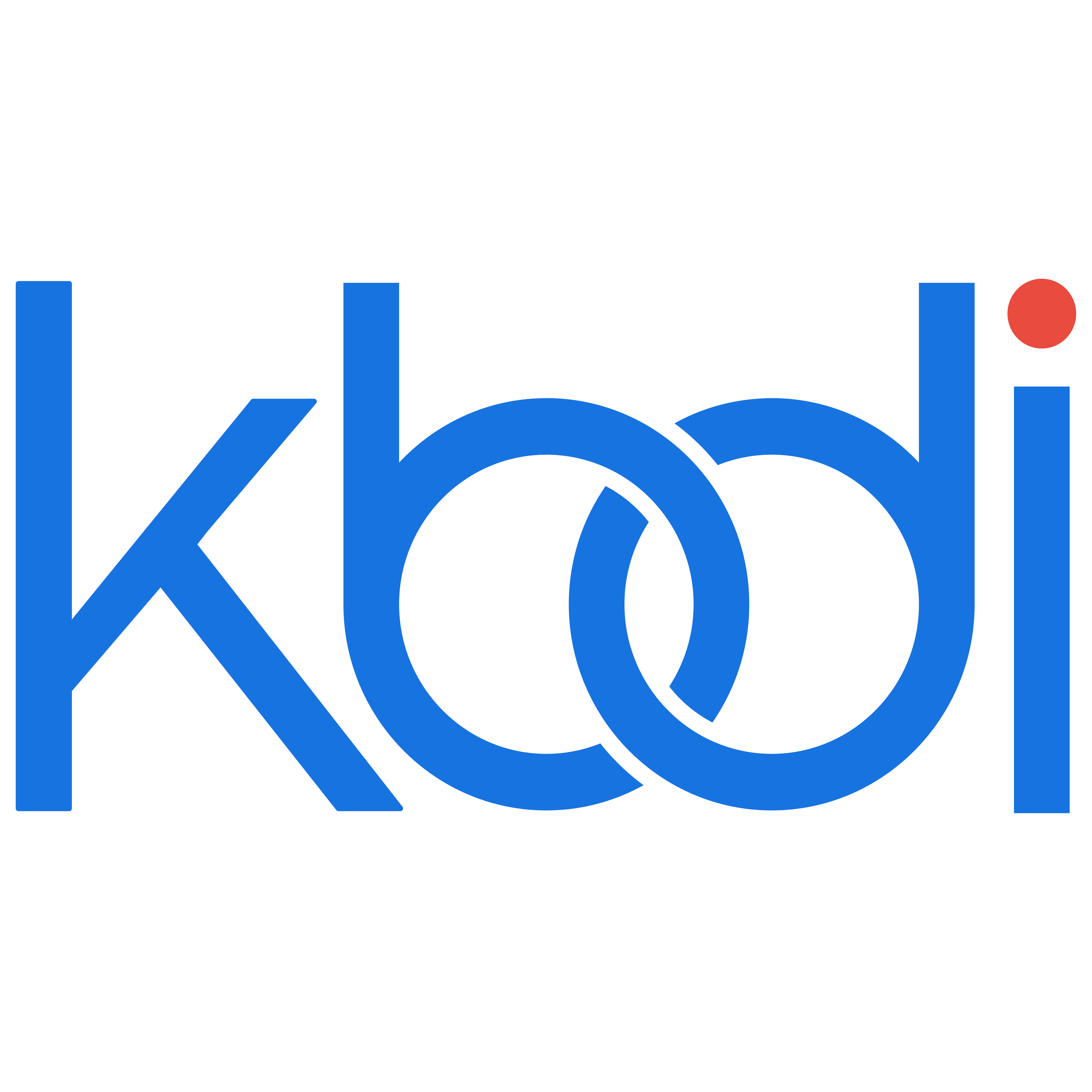We’re often harping on about clear and concise communication here at KBDi – mostly with respect to specifications and comprehensive plan sets.
But our daily business communications are equally important for getting projects from concept to completion without a hitch. In this feature, we share our top ten top-to-bottom tips for professional and effective email communication.
- Use a clear and concise subject line.
Your subject line should accurately reflect the content of the email and be clear and concise enough to grab the recipient’s attention. When a topic changes significantly, consider creating a new thread of emails with a relevant subject line.
- Open with an appropriate greeting.
While we’re all for getting to the point (see tip #3), a brief greeting (‘Good morning, John’ or ‘Hi Kate’) is polite. Consider verbal conversations: you wouldn’t jump straight into a face-to-face or phone conversation without a quick hello – the same courtesy should apply to your written communications.
- Keep it concise – be specific and actionable.
Get to the point promptly and avoid unnecessary details. When a wordy email lands in the inbox of a busy or overwhelmed recipient, they may be tempted to leave it for later – and this may mean it’s doomed to be forgotten.
- Organise the layout of your email.
If a long list of details is necessary for your argument or concern, consider leading the email with your main point (like a newspaper subtitle) and setting out your supporting information below. And if a timely response is required, include the deadline in your lead. Use paragraphs and bullet points to break up text (see point 10 for more visual tips), making it easier for the recipient to read and understand.
- Use an appropriate tone of voice.
Keep your language formal, polite, and respectful. Avoid slang, jargon, and overly casual language. Be cautious with humour: your attempts at jokes or sarcasm may be misinterpreted in written communication, so be more careful than comedic. (Note: emojis help add emotions to your words. They should, however, be used very sparingly in business communications.)
- Proofread, proofread, proofread.
Mistakes can make your message seem unprofessional. They can also misrepresent the ‘eye for detail’ you’ve marketed as a design skill. Check for typos, grammatical errors and clarity before hitting send. (Tip: read your email out loud to make sure it’s A-ok, or – better still – use your computer’s Narrator or Accessibility functions to read your text to you.)
- Close with courtesy.
End your email with a courteous closing (e.g., ‘Thank you’ or ‘Kind regards’) followed by your name and contact information.
- Use a professional email signature.
Include your full name, job title, company and contact information in your email signature.
- Respect confidentiality and consider relevant recipients.
Before you hit send, check who will be on the receiving end of your email. Have you cc’d the appropriate people, or are you looping in people you shouldn’t be? Avoid sharing sensitive or confidential information in an email unless it is appropriate and secure. And avoid filling the inboxes of people to whom your email has no relevance.
- Use your knowledge of design principles for visual clarity.
As a designer, you should demonstrate your design skills across every service element, including your day-to-day communications. When composing your emails, use crisp and clean fonts and formatting. Just as you design your interiors, remember that less is more. Avoid using multiple font styles or colours. Resist the urge to use ALL CAPS when emphasising words – this may be received as ‘shouty’ by your reader. Avoid underlining for emphasis – to most online readers, an underlined word is recognised as a hyperlink, and this can be distracting if it’s not.
If you have another tip for tailoring your emails, we’d love to hear it. Add your comment below.







0 Comments